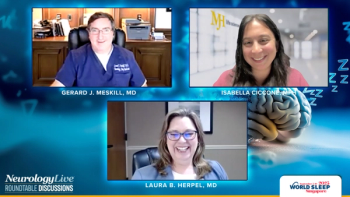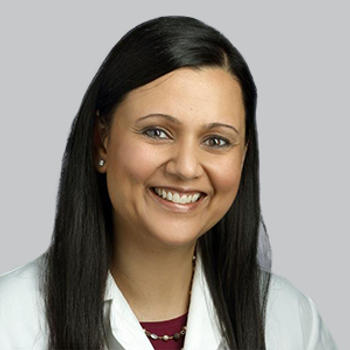
Feasibility and Scalability of Amprion’s Assay for Synucleinopathy Diagnosis: Russ Lebovitz, MD, PhD
The chief executive officer and cofounder of Amprion discussed the integration process of a novel a-synuclein seed amplification assay used to distinguish seeds from Lewy bodies and glilal cytoplasmic inclusions. [WATCH TIME: 2 minutes]
WATCH TIME: 2 minutes
"We could cover all of the patients with MSA in the world very easily, and a significant number of the Parkinson disease and Lewy body dementia as well."
In late 2024, Amprion published a groundbreaking paper in The Lancet Neurology that highlighted the diagnostic potential of the company’s synuclein seed amplification assay (synSAA) to differentiate between Type 1 and Type 2 synuclein seeds, addressing the critical need for accurate diagnosis of multiple system atrophy (MSA). This fatal synucleinopathy has been commonly misdiagnosed as Parkinson disease (PD), dementia with Lewy bodies (DLB), or other related disorders, leading to delays in appropriate care and access to clinical trials.
Overall, after combining 5 different cohorts that were enriched for cases of MSA, the novel synSAA had 87% sensitivity for MSA (95% CI, 80-93) and a specificity for type 2 seeds was 77% (67-85). For participants with MSA just in research cohorts, the novel synSAA had a sensitivity of 84% (95% CI, 71-92) and a specificity for type 2 seeds of 87% (74-95), whereas cases from real-life cohorts had a sensitivity of 91% (80-97) but a decreased specificity for type 2 seeds of 68% (53-81). Above all, these findings suggest that the synSAA may be useful for early diagnosis of synucleinopathies in clinical trials, and potentially for clinical use; however, more formal validation work is needed.
Following the publication, NeurologyLive® sat down with
REFERENCE
1. Ma Y, Farris CM, Weber S, et al. Sensitivity and specificity of a seed amplification assay for diagnosis of multiple system atrophy: a multicenter cohort study. Lancet Neurol. 2024;23(12):1225-1237. doi:10.1016/S1474-4422(24)00395-8
Newsletter
Keep your finger on the pulse of neurology—subscribe to NeurologyLive for expert interviews, new data, and breakthrough treatment updates.



































